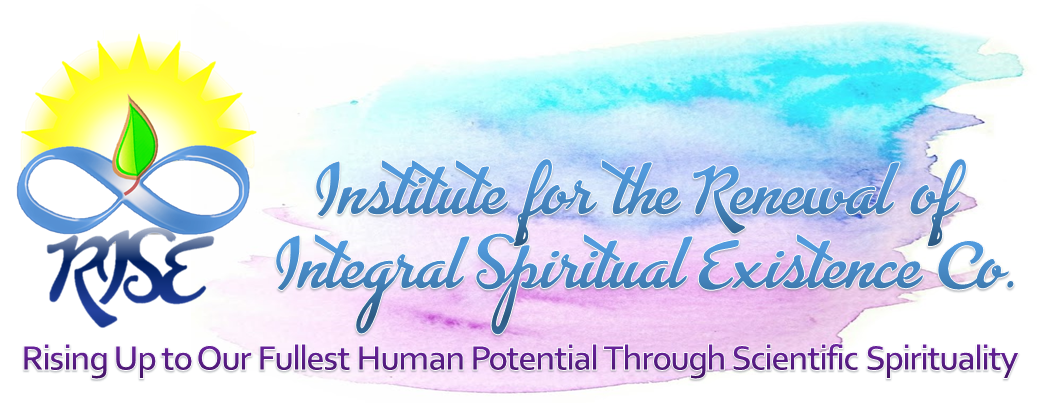In this article for the Scientific American, Roberta McLain interviews David Eagleman, a neuroscientist at Stanford University to attempt to explain why humans dream. Eagleman gives a materialistic explanation. He says that dreaming is a way for the brain’s visual cortex to prevent other sensory functions from taking over.
Editor’s Note: This article acknowledges neuroplasticity and the fact that humans can continue to function fully even if parts of their brains have been removed. It also recognizes the reality that humans are born “incomplete”, and that their experiences shape and mold their brains, as well as their perception and rationality. These are facts that have been proven by material science through careful observation.
But Eagleman is severely mistaken in his interpretation of why these are so. For one, he proposes that the different functions of the body compete for brain power. But this cannot be possible, since, in our waking state, all parts of the human body are connected intricately, and are working harmoniously. When our body functions do not work harmoniously, then that’s when we get autoimmune disease. What Eagleman is saying is that if we didn’t dream, then we would lose our capacity to see. Do blind people dream more than those who can see? If they don’t, then Eagleman’s theory cannot be true.
We have added this article to this website to highlight how materialism simply cannot explain the non-material functions of the brain. Materialists want people to believe that human consciousness is simply a by-product of the chemical reactions in the brain, but to date, no scientist has been able to show the material basis of varying human perceptions. They cannot yet explain why a person with half a brain can be as intelligent as a person with a complete brain. No material explanation can discredit near-death experiences. So, if human consciousness does not reside in the brain, where can it be found?
In 1923, Rudolf Steiner, a scientist and philosopher lectured about the human dream life. He says, “Between falling asleep and waking we have our whole human life“. He believes that the “dream world” is a manifestation of the “spiritual element” of humans. For those who want to go on a deeper study of this subject, we encourage you to read Steiner’s 1923 Lecture on The Evolution of Consciousness. This might be a difficult read to some but have patience. The best way to assess the truth in Steiner’s words is to apply them to your own life. How true are his pronouncements based on what your own experiences are about dreaming?
Read Original Article
Read Online
Click the button below if you wish to read the article on the website where it was originally published.
Read Offline
Click the button below if you wish to read the article offline





